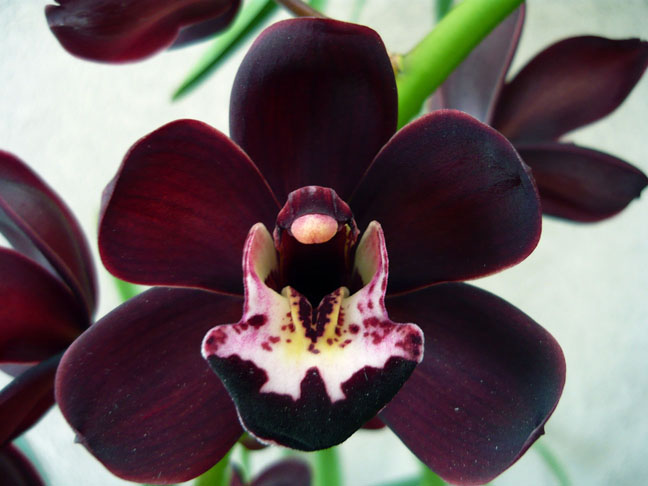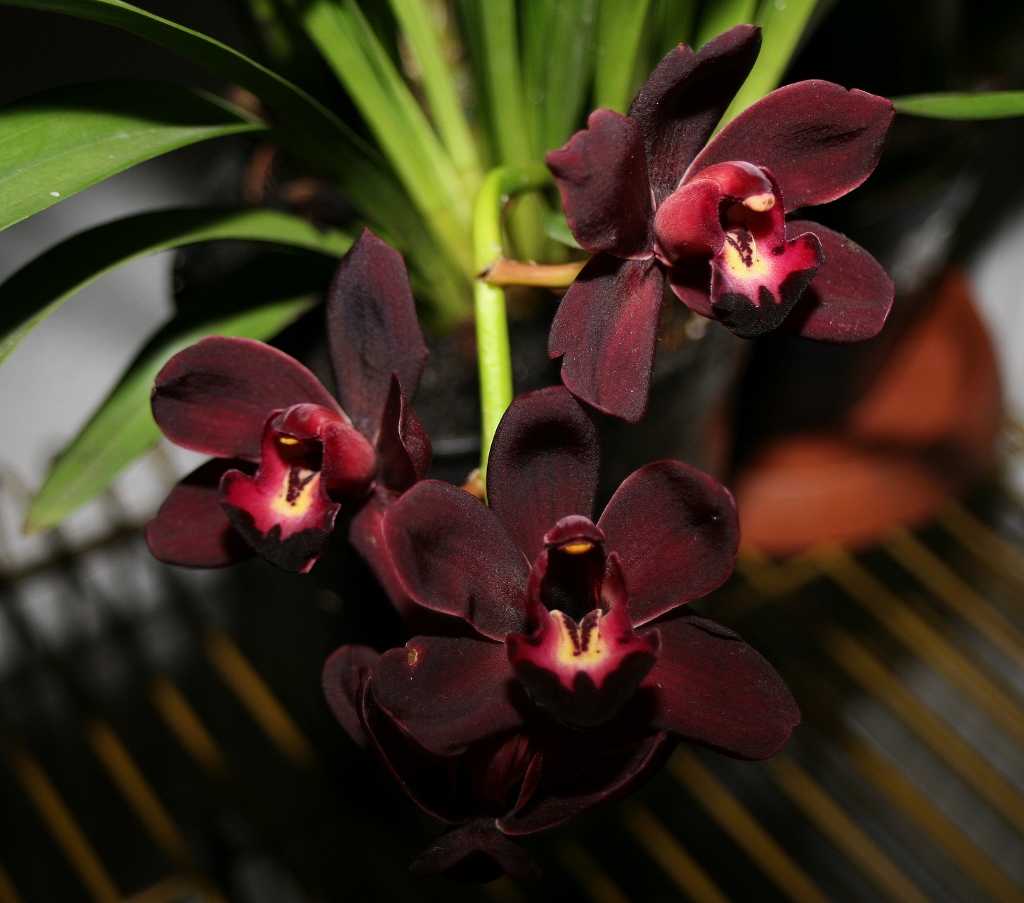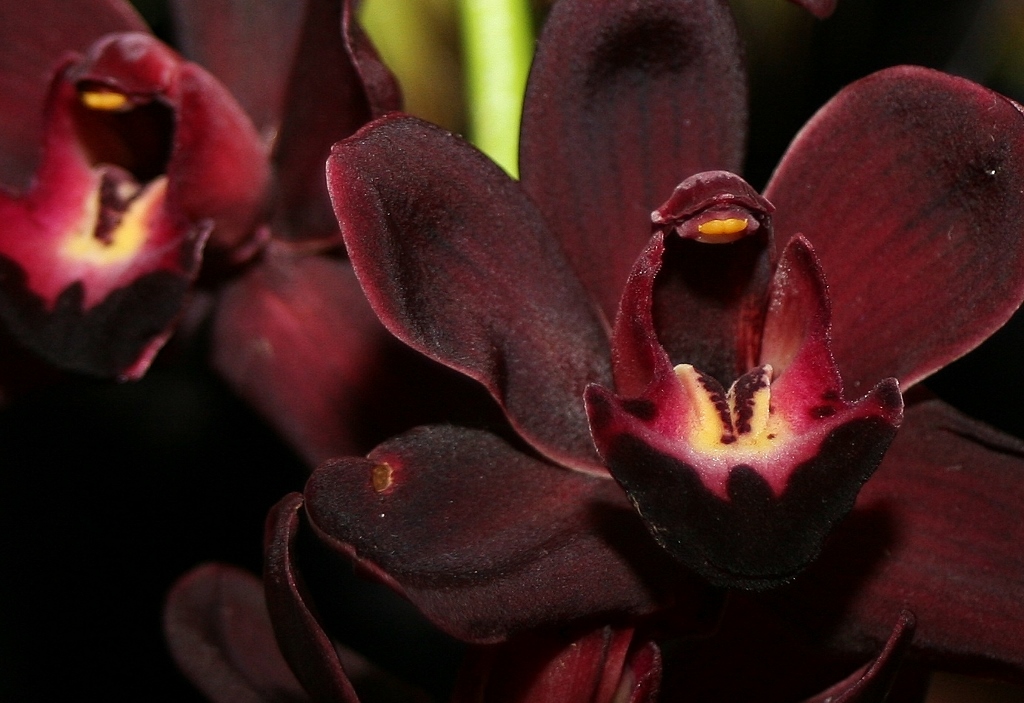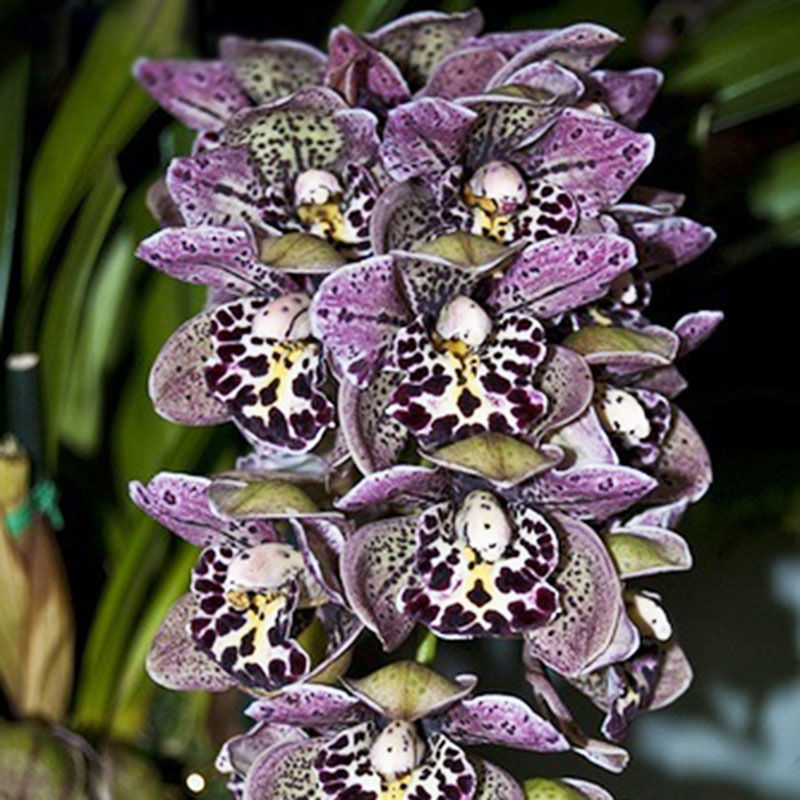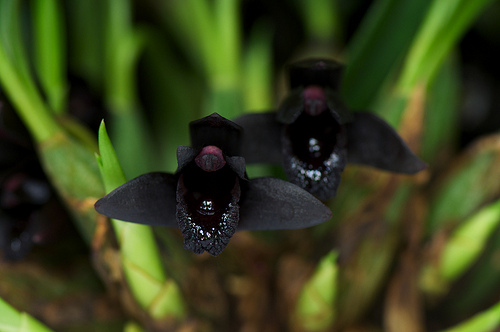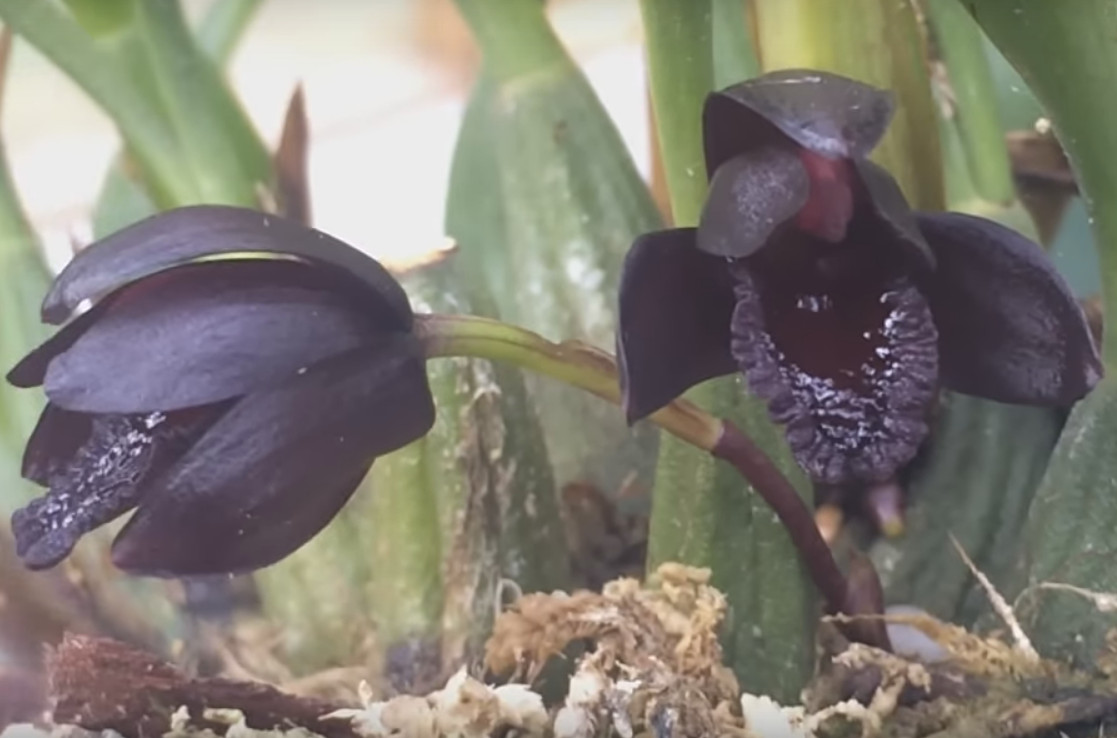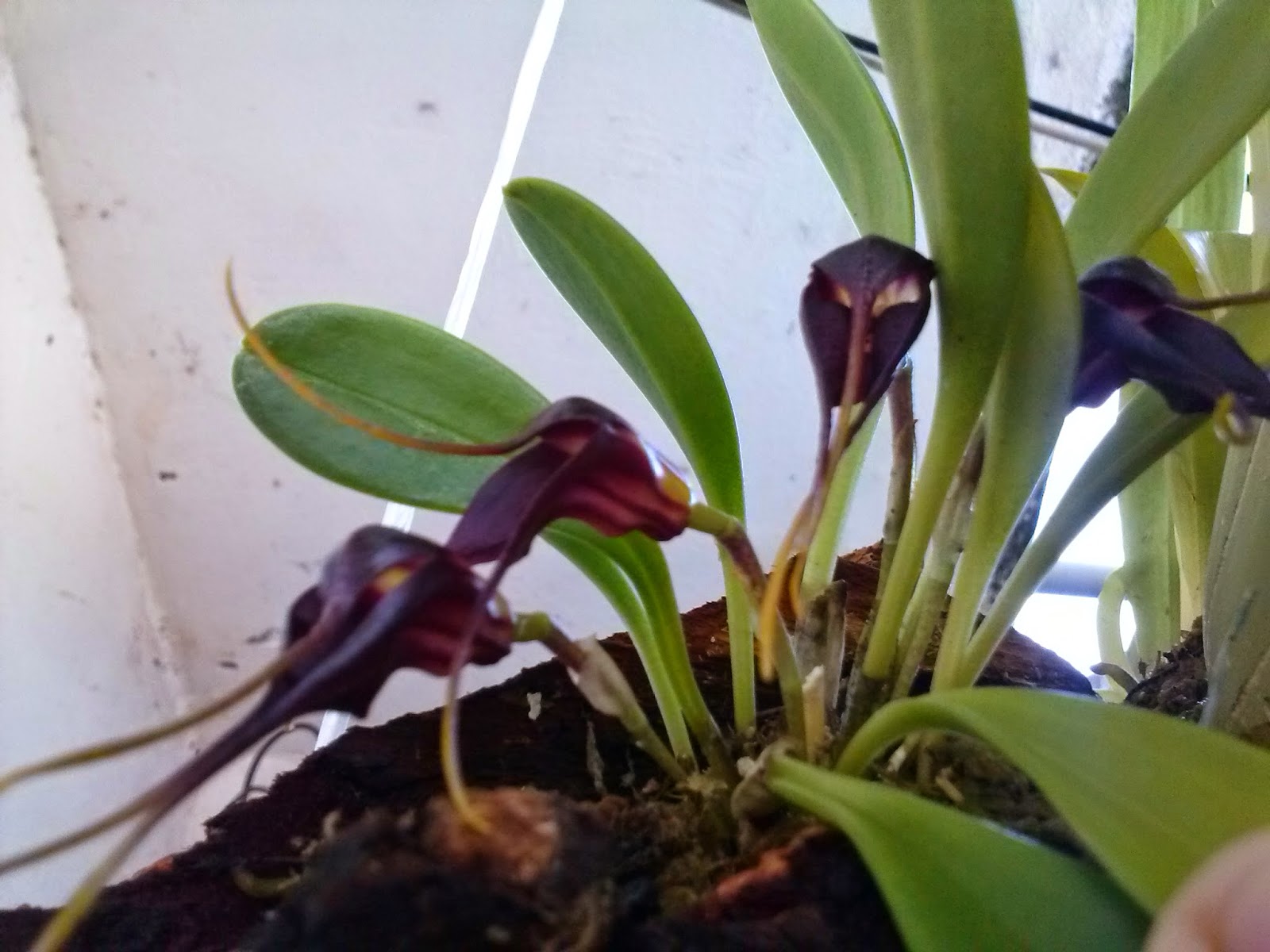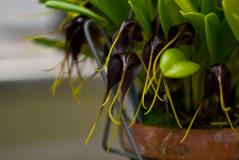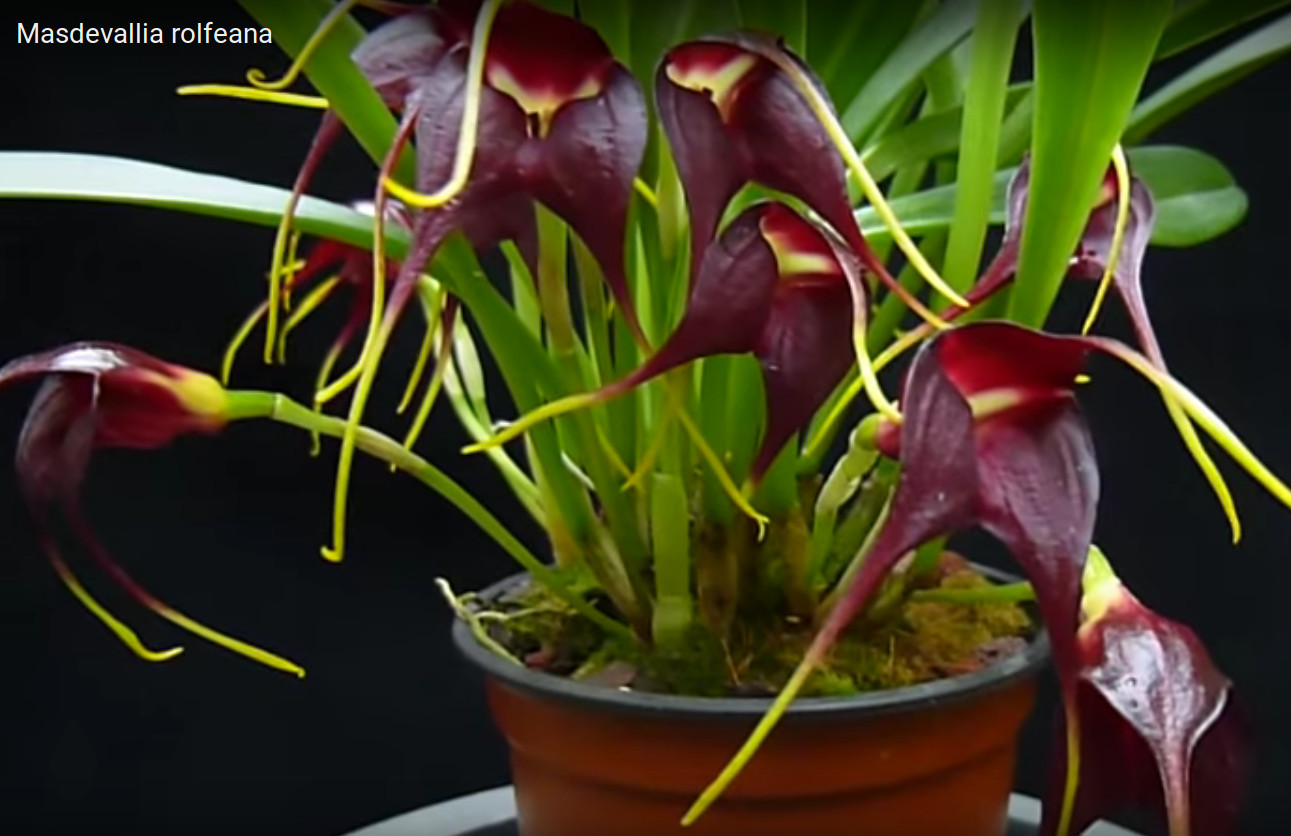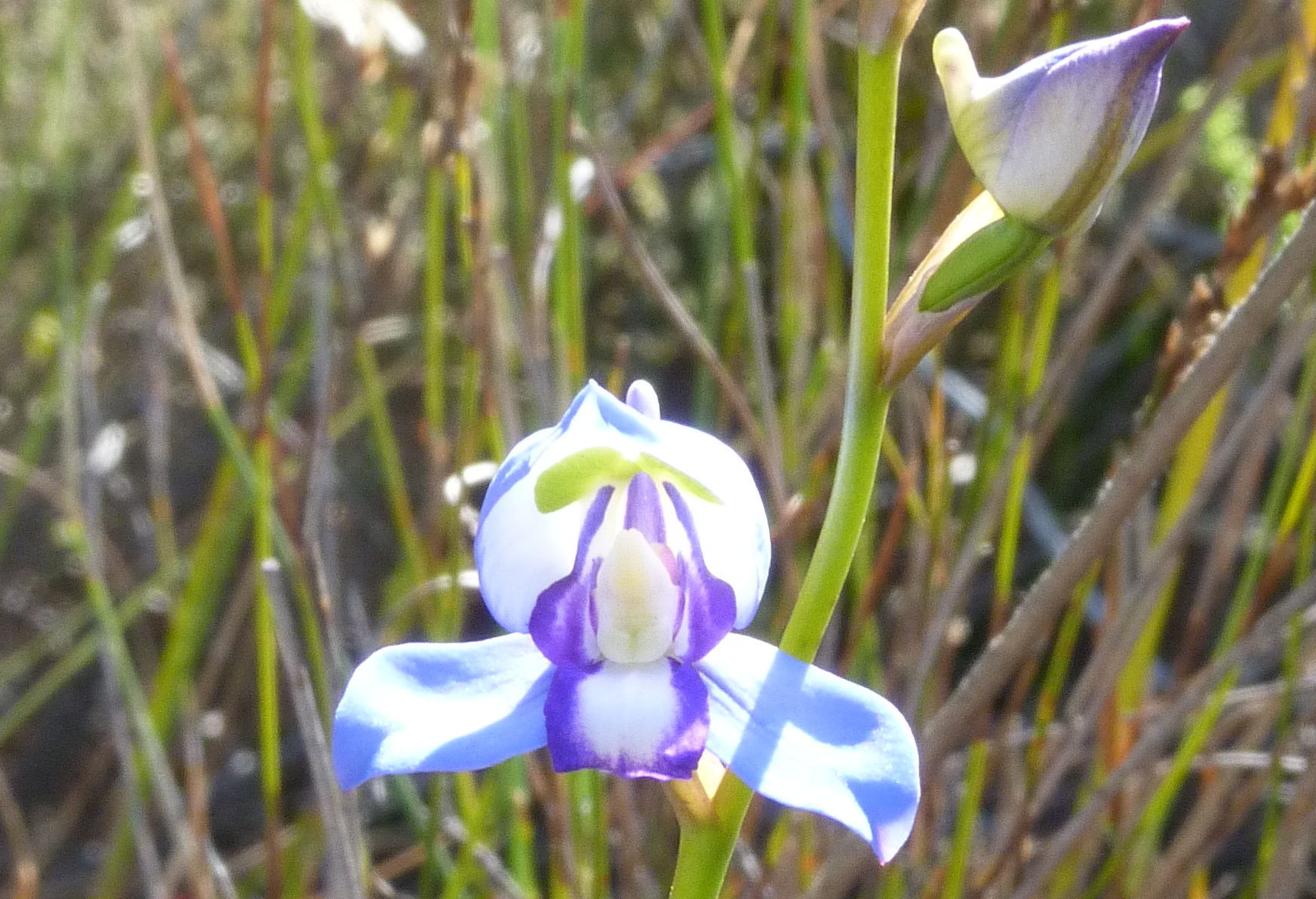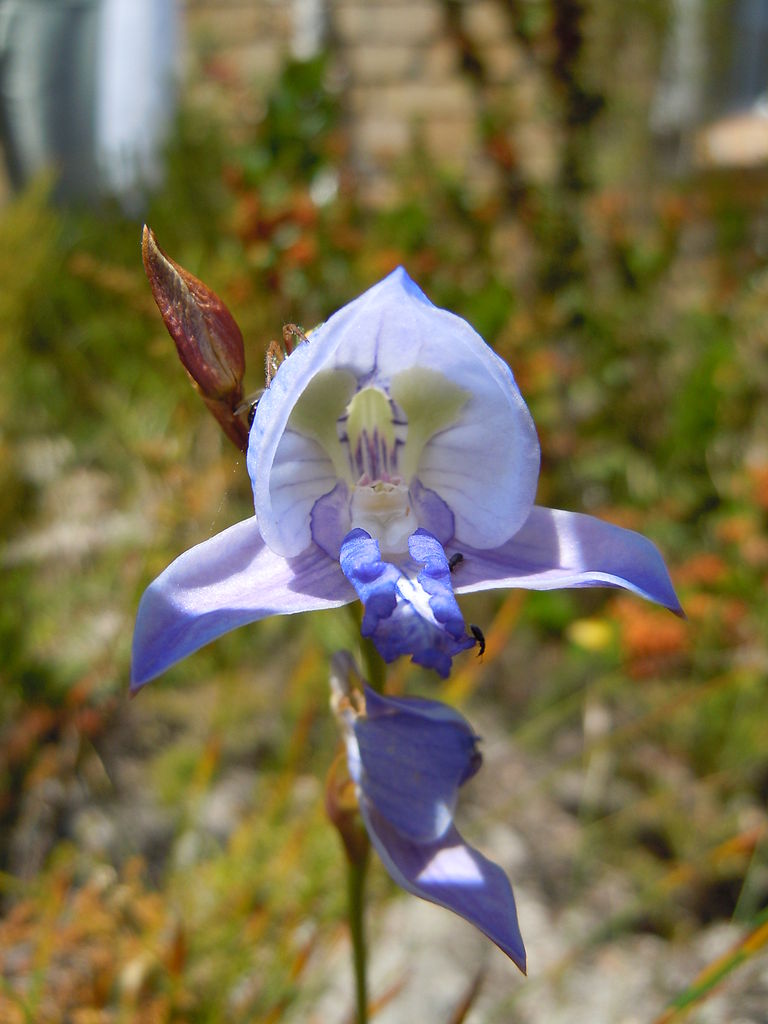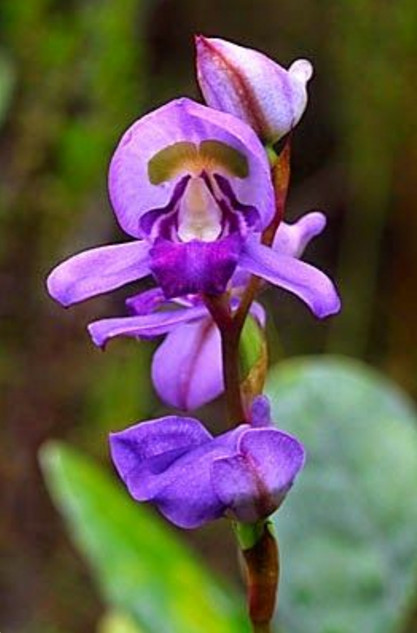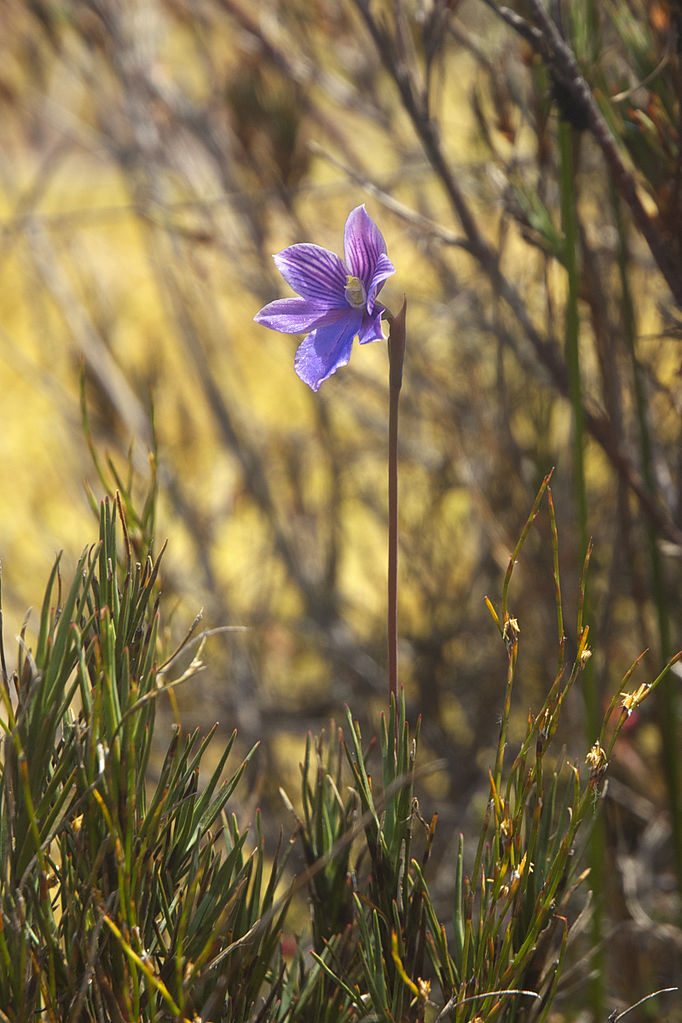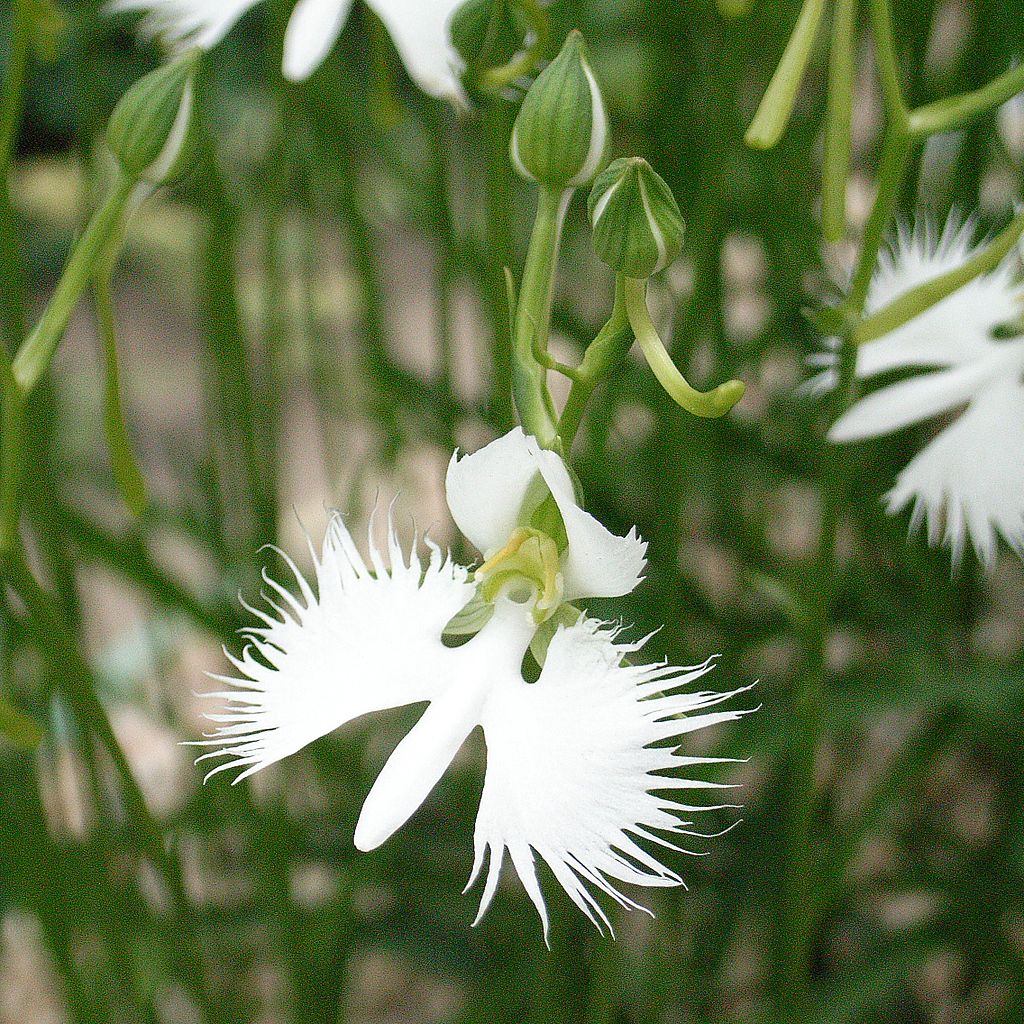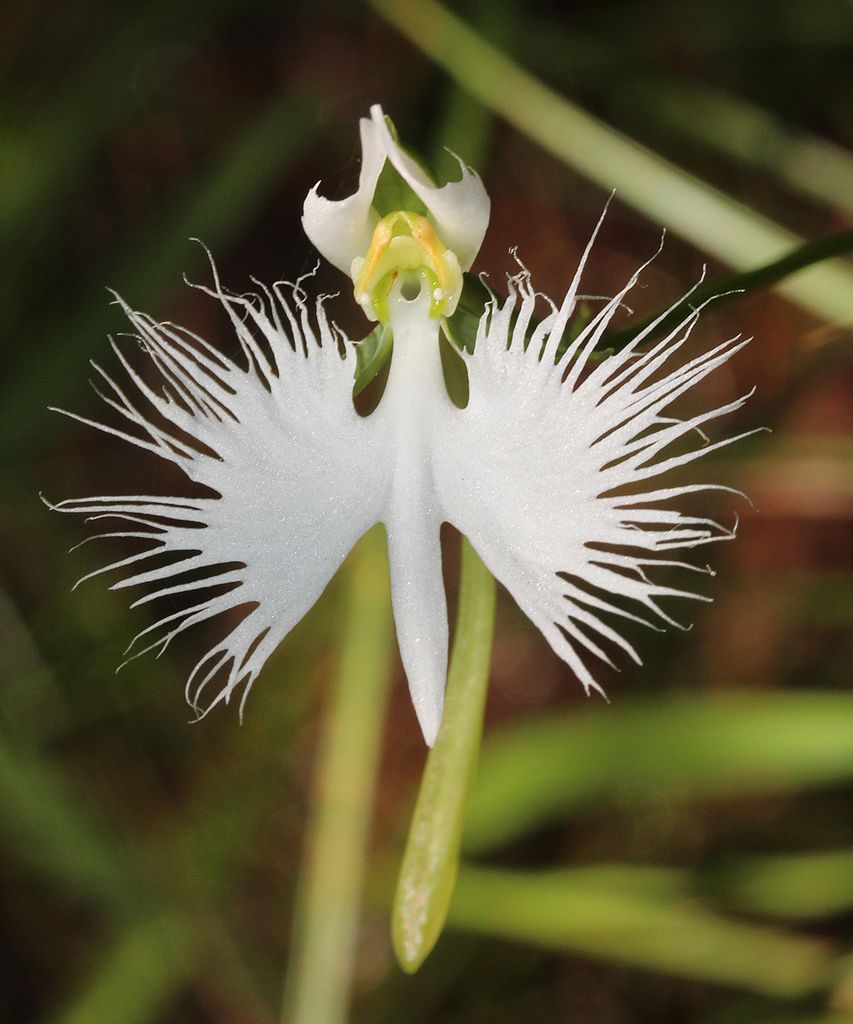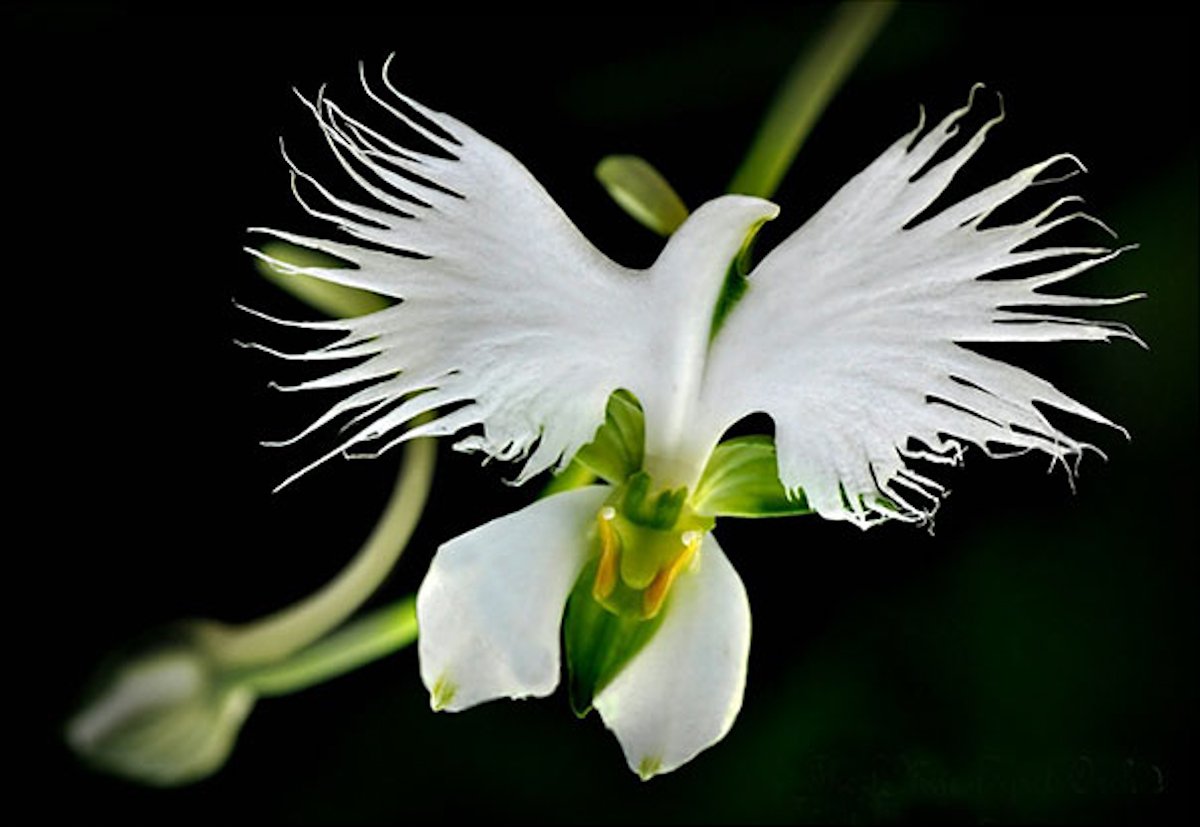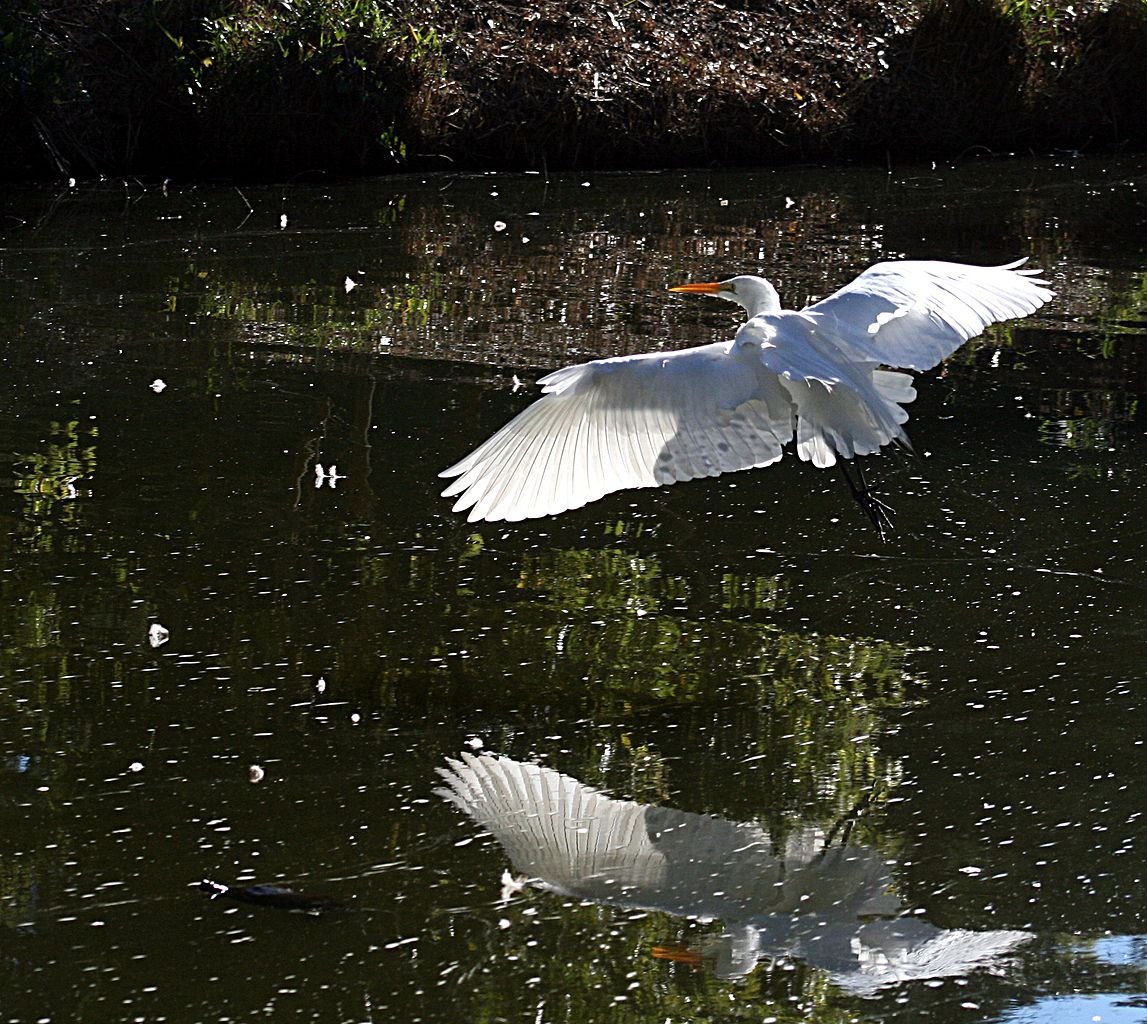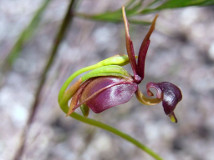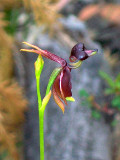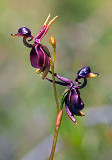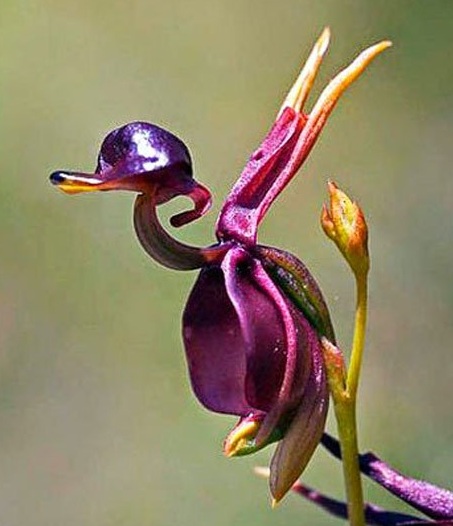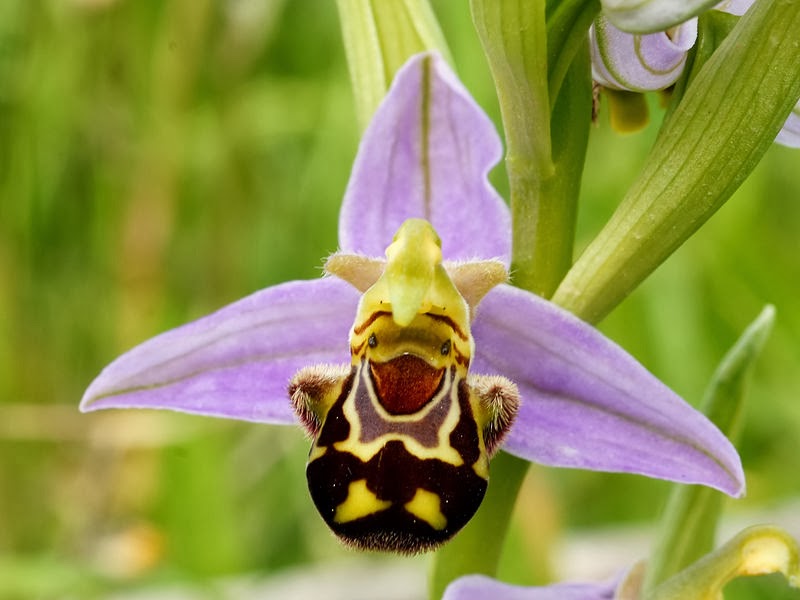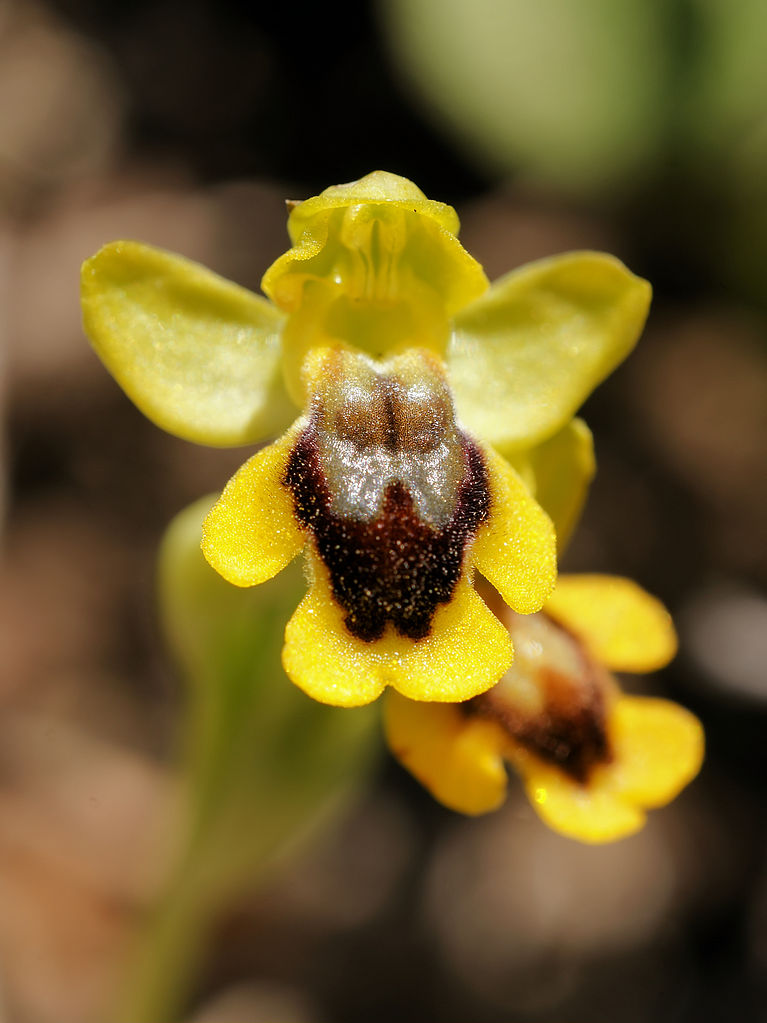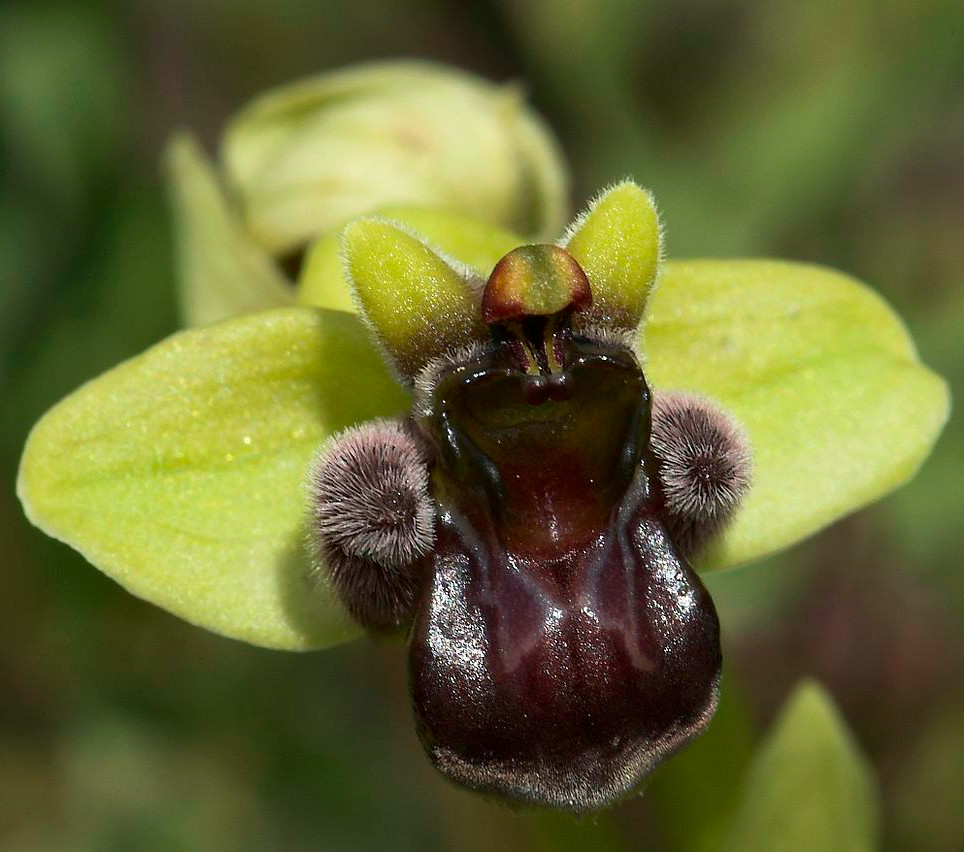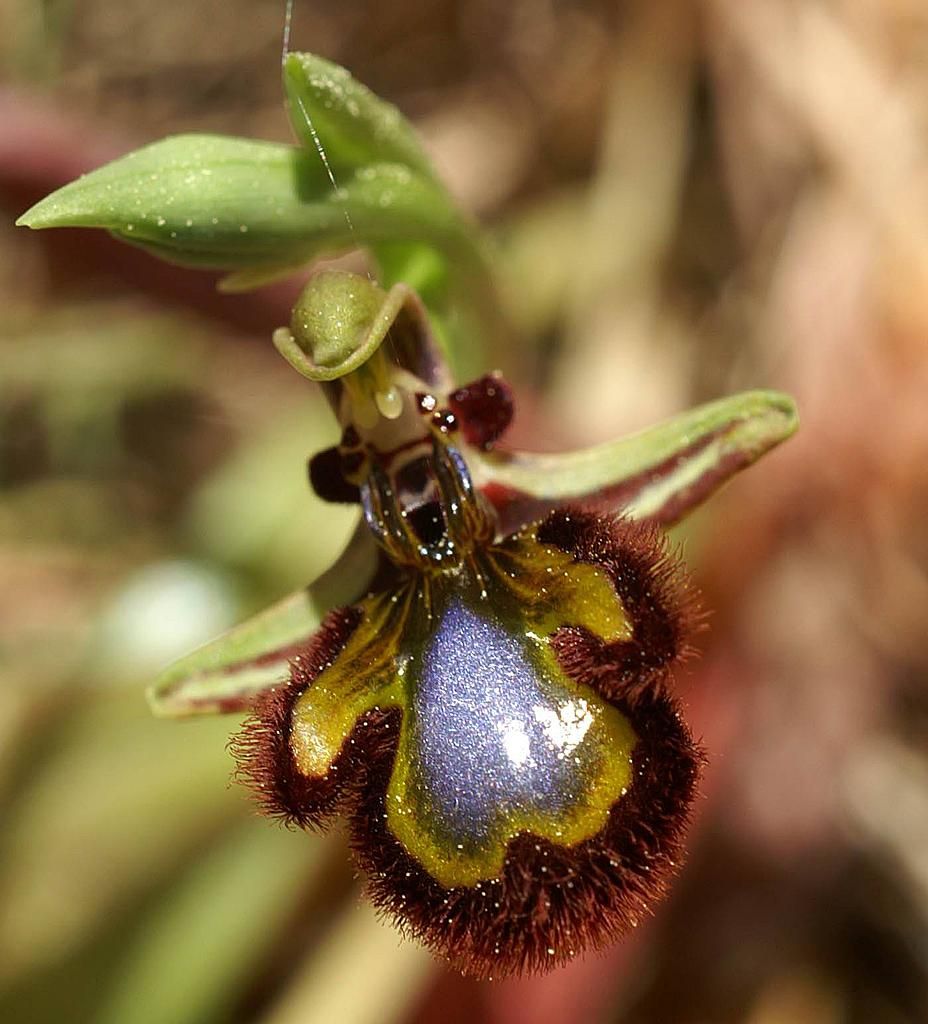Black Orchids
Black Orchid may refer to a wide variety of orchids. There may be no pure black orchids, the following varieties are among some of the nearly black orchids you will find in nature or cultivated hybrids.
Fredclarkeara After Dark (Fdk. After Dark)
Fredclarkeara, abbreviated in trade journals Fdk., is an intergeneric hybrid between the orchid genera Catasetum, Clowesia and/or Mormodes.

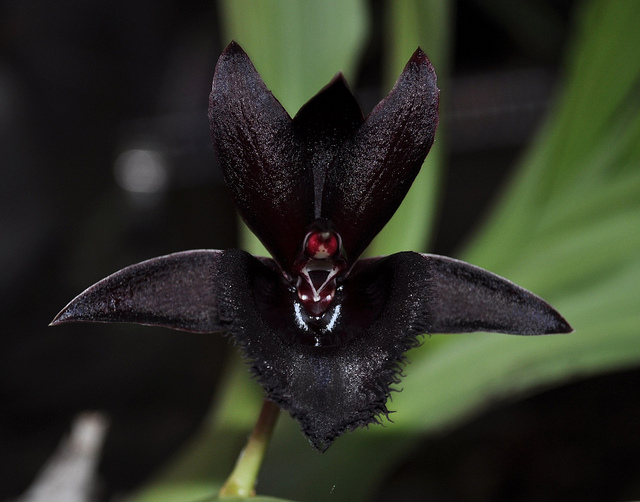

Left:Fredclarkeara After Dark 'SVO Black Pearl' Mormodia Painted Desert × Catasetum Donna Wise
Middle: Black Orchid - Fredclarkeara Black Lace ‘Baker’s Dark Angel’ Hybrid between the orchid genera Catasetum, Clowesia and Mormodes. (Ctsm. x Cl. x Morm.)
Right: Fredclarkeara After Dark 'Nightmare Before Christmas'


Left: Fredclarkeara After Dark 'SVO Black Pearl'
Right: Fredclarkeara After Dark
Additional images of Fredclarkeara After Dark can be seen at www.rv-orchidworks.com plantprovocateur.com www.pinterest.com



Left:Fredclarkera After Dark 'SVO Black Pearl'
Middle: Fredclarkera After Dark 'SVO Black Pearl'
Right: Fdk.(x Fredclarkeara) After Dark 'SVO Black Pearl' Fredclarkeara After Dark "SVO Black Pearl" with the ghost of one of glass sculpture Hans Frabel's Longfellows. Black Pearl is a very rare dark orchid but shows a lot of red when the sun is shining.
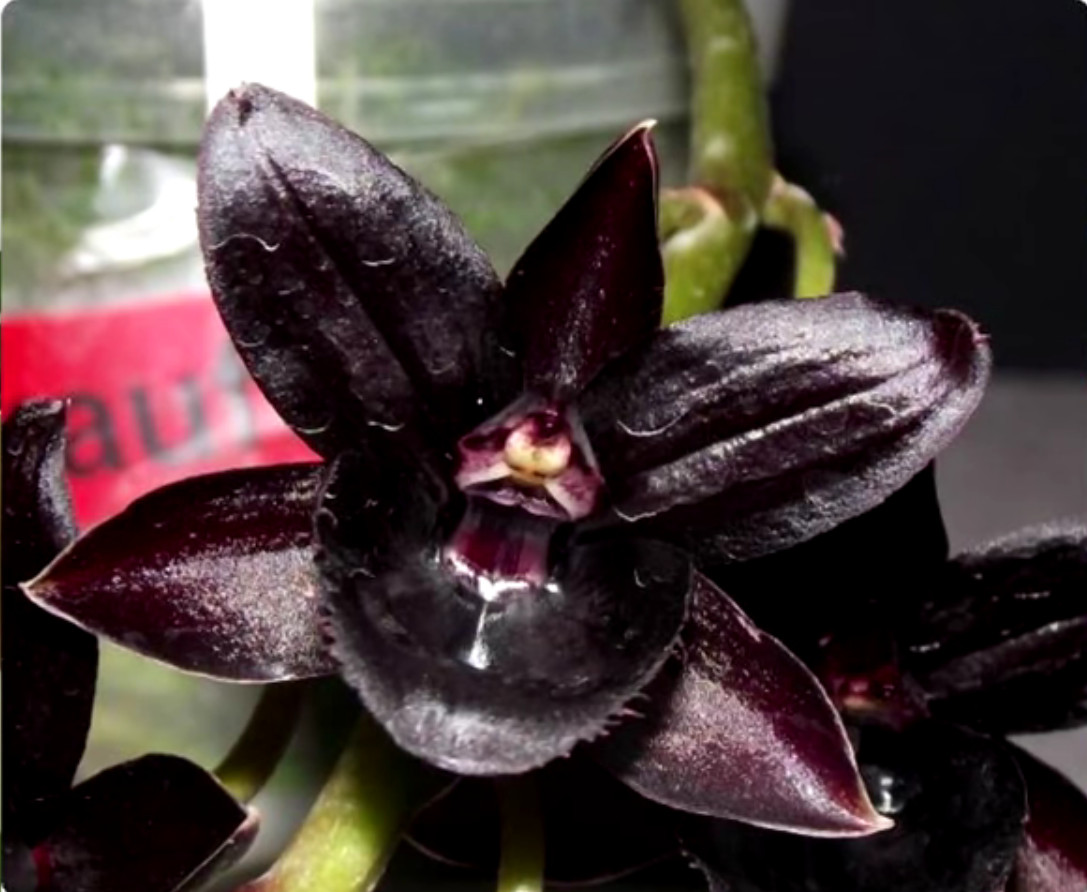


Left: Fredclarkeara After Dark
Middle: Fredclarkeara After Dark
Right: Fredclarkeara Black Lace ‘Baker’s Dark Angel’
Cymbidium Kiwi Midnight Orchids
Cymbidium Kiwi Midnight is a commercial name for a Cymbidium orchid hybrid. This flower is not actually true black, though it might appear to be. It is actually a deep pinkish brown, red-purple or burgundy.


Left image: Cymbidium Kiwi Midnight 'Geyserland'
Right image: Link: www.flickr.com (Cymbidium Kiwi Midnight 'Geyserland')
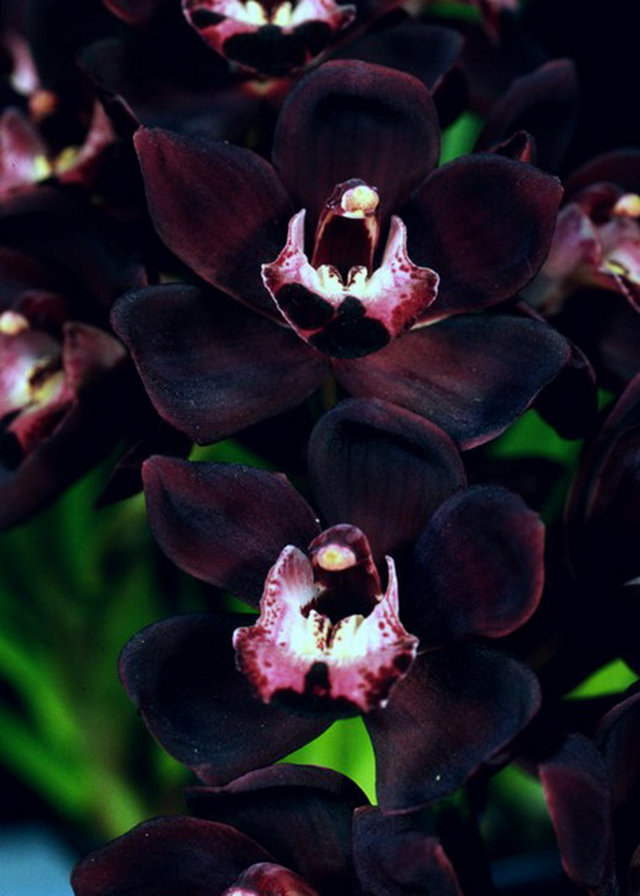
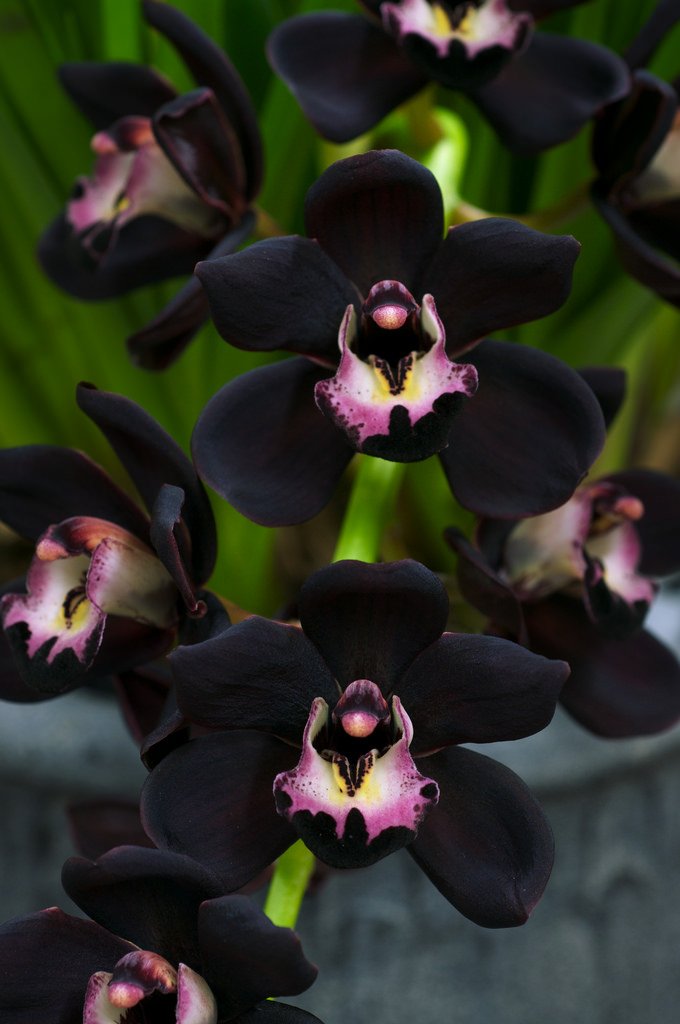
Left image: Cymbidium Kiwi Midnight
Right image: Link: www.flickr.com (Cymbidium Kiwi Midnight 'Geyserland')
Cymbidium or boat orchid, is a genus of 52 evergreen species in the orchid family Orchidaceae. The genus name is derived from the Latin cymba meaning boat. It refers to the boat-shape of the base of the lip.
Cymbidium Kiwi Opal and Cymbidium Clarisse
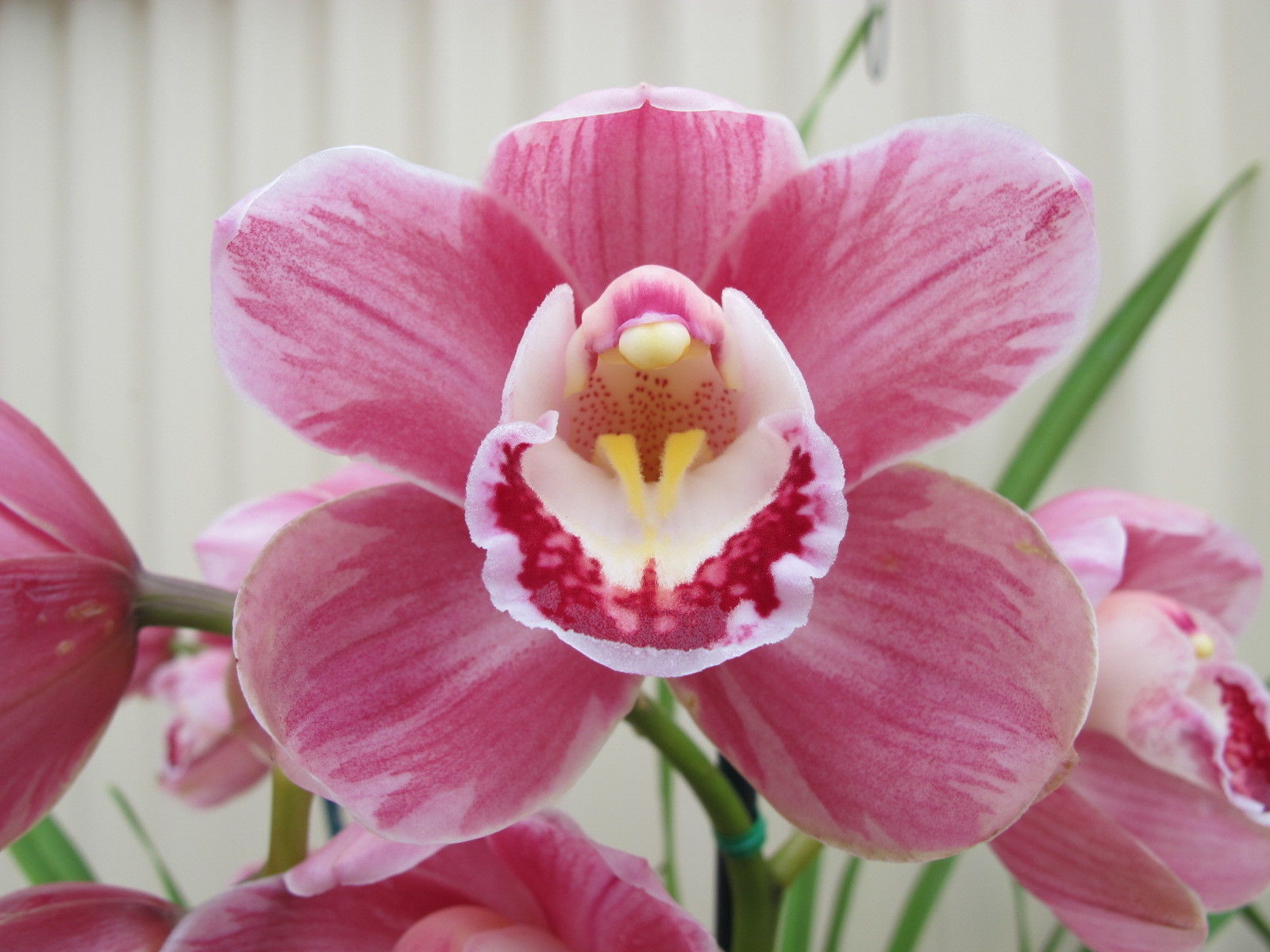
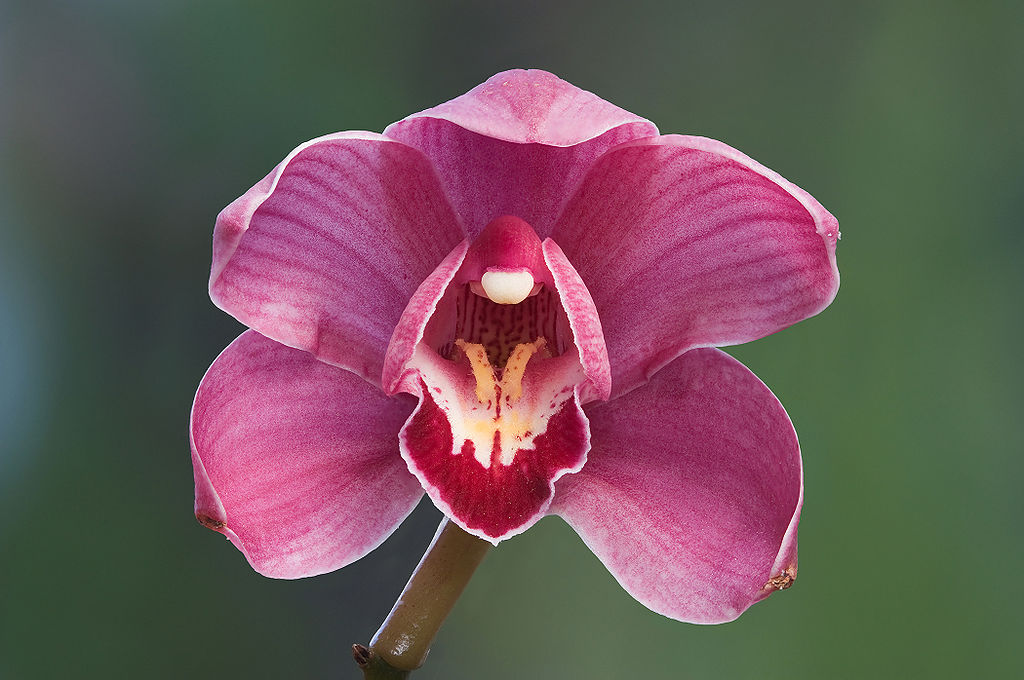
Left: Cymbidium Kiwi Opal 'Dream'
Right: Cymbidium Clarisse 'Best Pink'
Cymbidium Kiwi Midnight 'Geyserland'

Cymbidium Kiwi Midnight 'Geyserland' Black is one of the rarest colors in the orchid kingdom. This Cymbidium gets close with a deep, sparklng, chocolate-burgundy.
Additional images of Cymbidium Orchid can be seen at www.sborchid.com
Brasiliorchis schunkeana (Maxillaria schunkeana)
Brasiliorchis schunkeana (syn. Maxillaria schunkeana) is a species of orchid. The colors of its flower are very close to black, but it is actually a very dark purple-red, giving the impression of a black flower. (Wikipedia)
Brasiliorchis schunkeana

Image sources: commons.wikimedia.org
Reference: commons.wikimedia.org www.science-nature-buzz.com
Monnierara Millennium Magic ‘Witchcraft’ (モニエララ ミレニアム マジック ‘ウィッチクラフト’)
One of the blackest hybrid orchids.
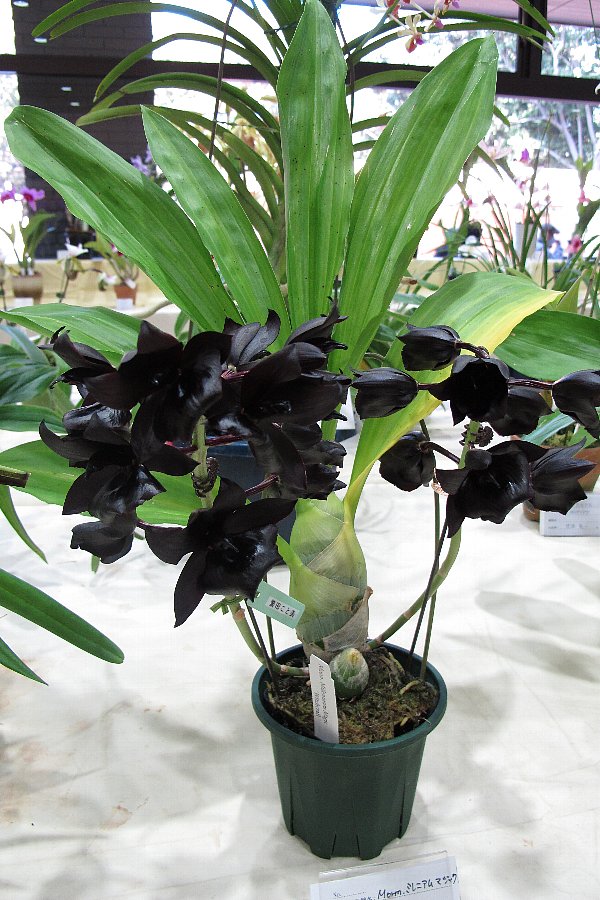

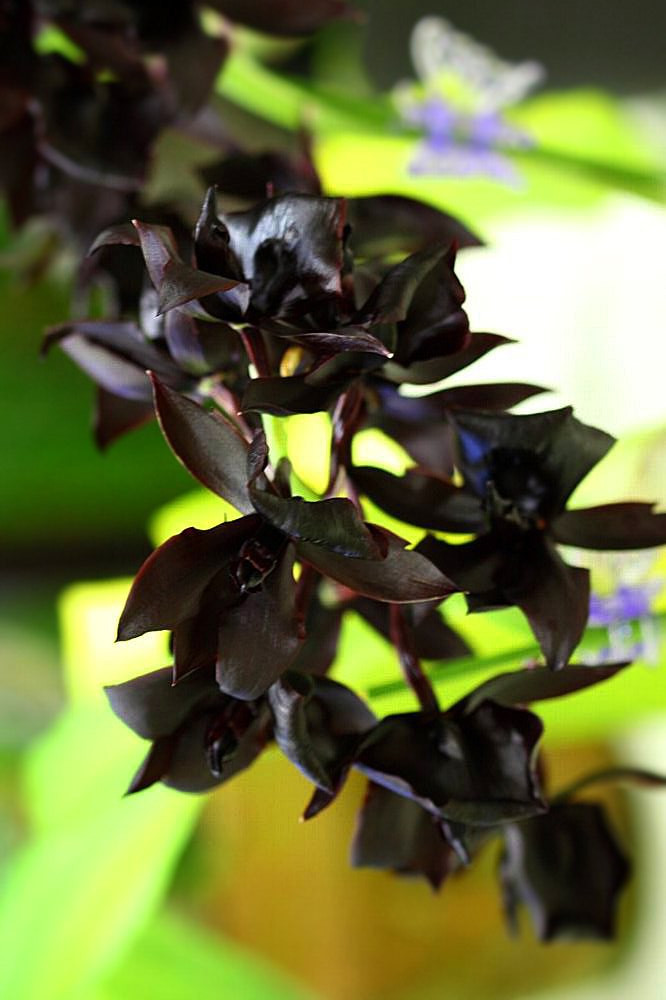
Monnierara Millennium Magic ‘Witchcraft’ at Kyoto Botanical Garden, Japan (日本京都府立植物園)
Left image
Middle image
Right image

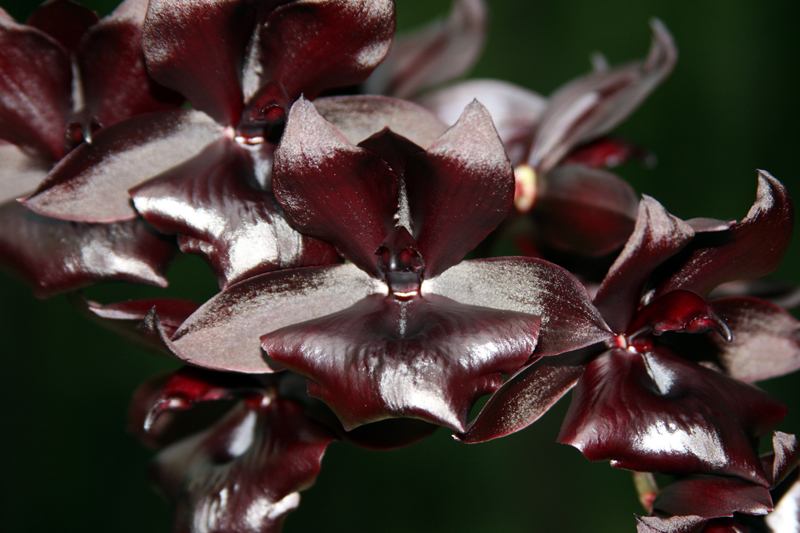
Monnierara Millennium Magic ‘Witchcraft’
Left image
Right image: The flowers look more deep burgundy than black in a close-up.
Additional images of Monnierara Millennium Magic ‘Witchcraft’ can be seen at www.flickr.com www.flickr.com www.gardenista.com Ottawa Orchid Society
Video images of Monnierara Millennium Magic 'Witchcraft'



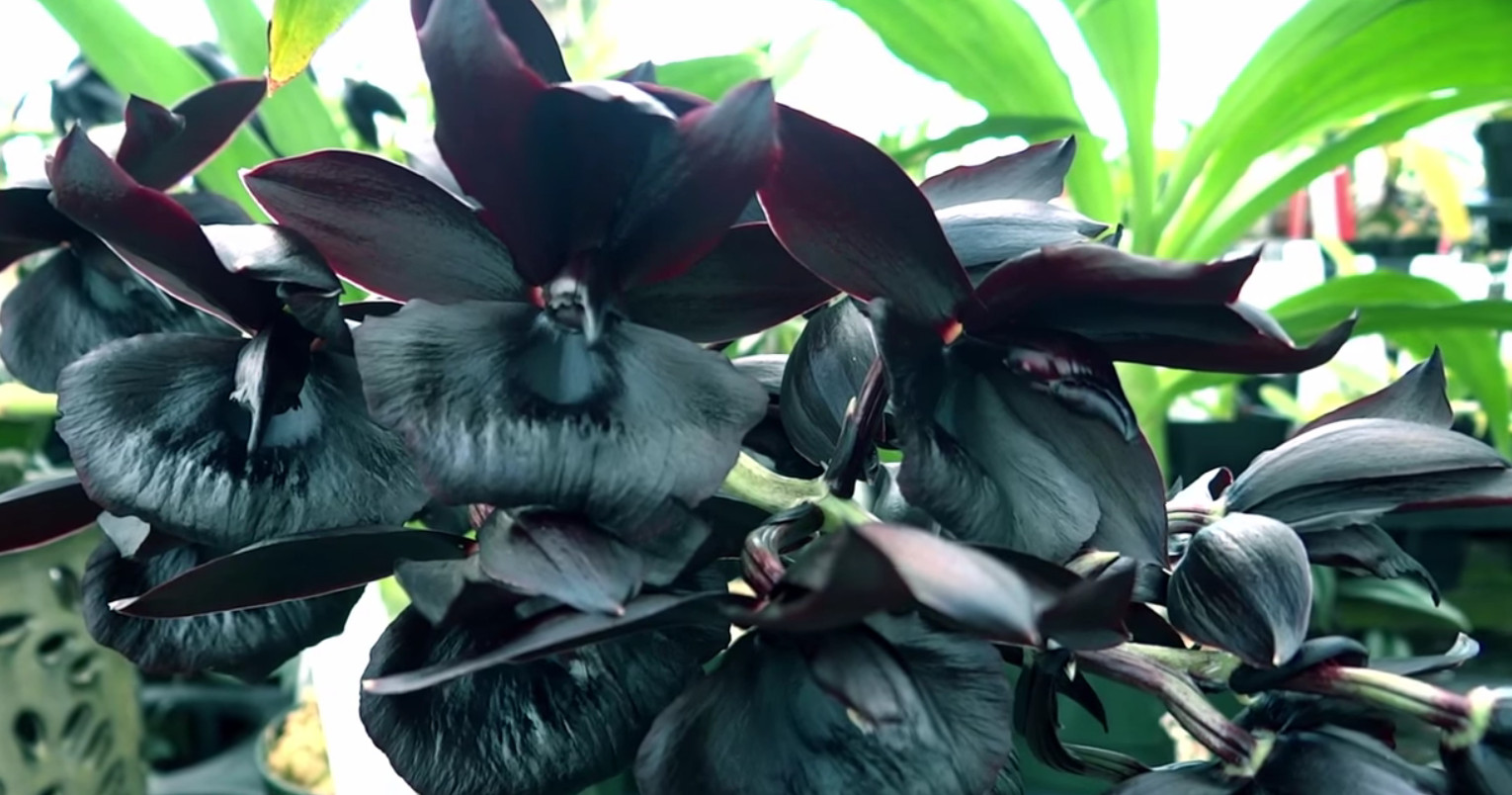
Image source: www.youtube.com OrchidWeb - Monnierara Millennium Magic 'Witchcraft' FCC/AOS (The Black Orchid!)
Video images of Monnierara Millennium Magic 'Witchcraft'


Image source: www.youtube.com ORCHID CARE - Monnierara Millenium Magic 'Witchcraft' LARGE BLACK ORCHID IN FULL BLOOM
Masdevallia rolfeana
Masdevallia rolfeana is a species of orchid endemic to Costa Rica.
Allied to M. demissa, but with larger flowers, coloured crimson-brown with yellow tails.
Masdevallia rolfeana
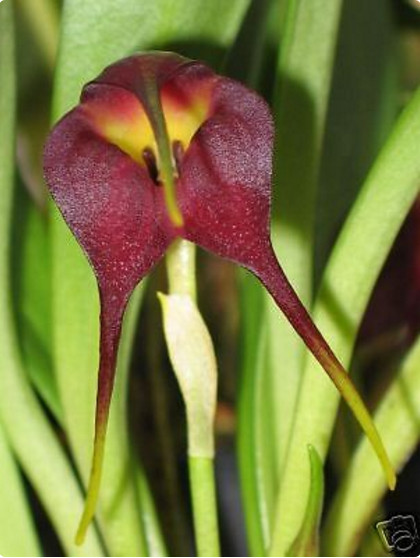

Left: Mature Masdevallia rolfeana
Right: Illustration of Masdevallia rolfeana from Florence H. Woolward: The Genus Masdevallia
Coelogyne pandurata (Black Lip Orchid)
Coelogyne pandurata found in Malaysia, Sumatra, Borneo and the Philippines as a large sized, hot growing epiphyte found on large trees near rivers or terrestrial with well-spaced, strongly compressed, oblong or suborbicular, sulcate pseudobulb carrying 2, apical, plicate, elliptic-lanceolate, leaves with a stout petiole that blooms in late spring-summer out of the center of new leads with up to 15 flowers on a terminal, arched to pendant, 6 to 12" [15 to 30 cm] long, racemose inflorescence. The simultaneously opening flowers are highly fragrant of honey but are short lived. This orchid needs wire basket culture as it spreads out quite rapidly and sphagnum with wood chips as media works best and the best time to repot is when the new lead emerges. (Wikipedia)


Left: Coelogyne pandurata Orchid collection of Arne and Bent Larsen, Haarby, Denmark.
Right: Coelogyne pandurata Sarawak, Malaysian Borneo.

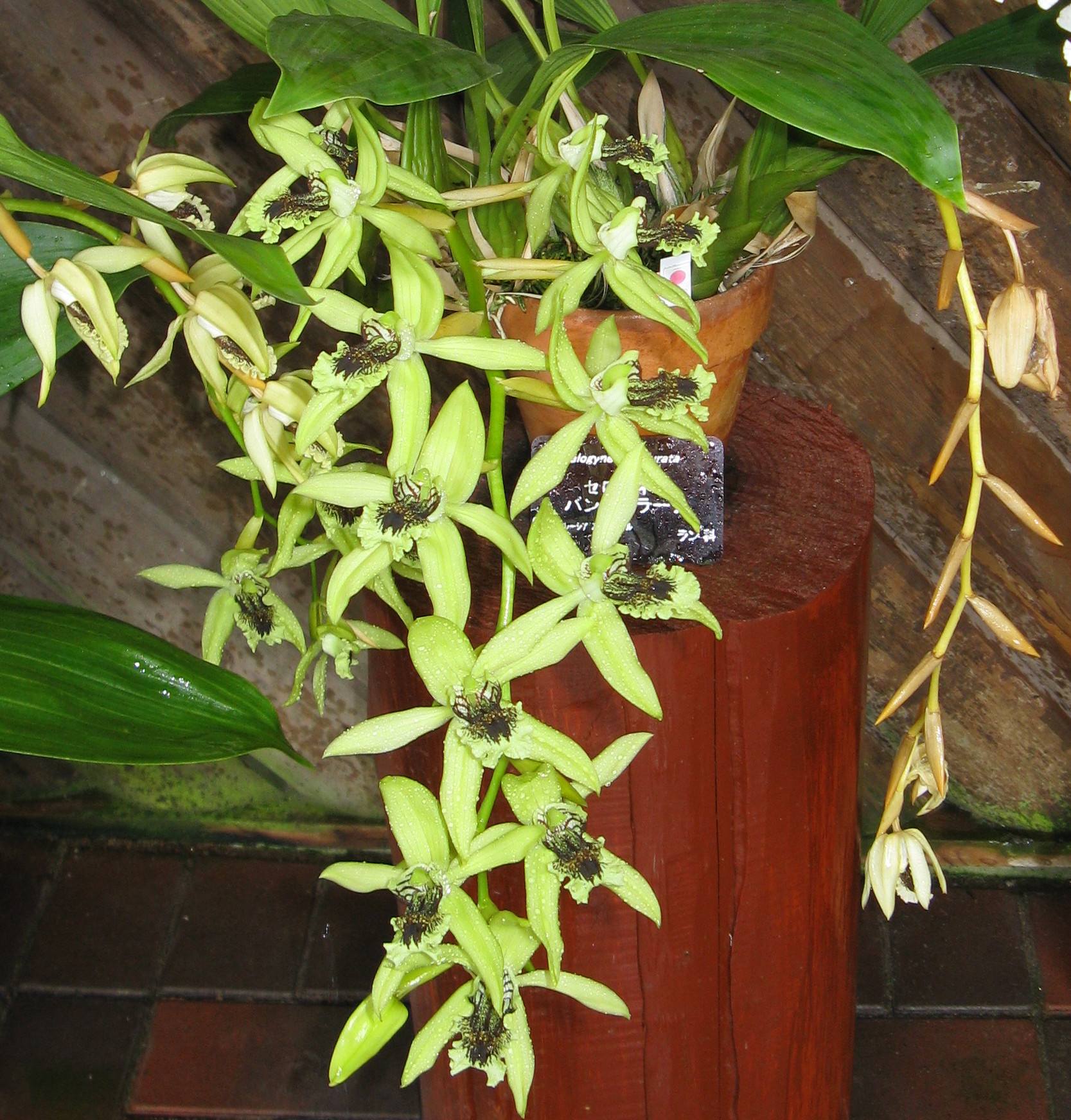

Left: Coelogyne pandurata
Middle: Coelogyne pandurata Osaka Prefectural Flower Garden,Osaka,Japan
Right: Coelogyne pandurata Orchid collection of Arne and Bent Larsen, Haarby, Denmark
Illustration of Coelogyne pandurata
<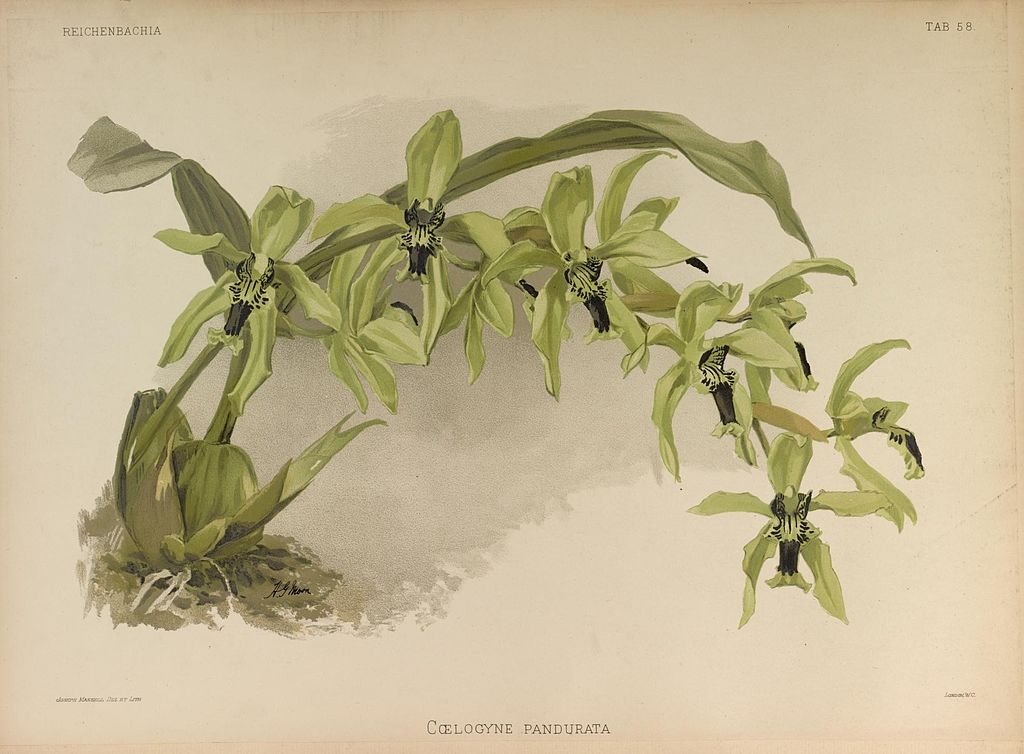

Left: Illustration of Coelogyne pandurata Reichenbachia: orchids illustrated and described. Second Series. by F. Sander with the assistance of scietific authority.
Right: Illustration of Coelogyne pandurata Orchid album :comprising coloured figures and descriptions of new, rare and beautiful orchidaceous plants /Conducted by Robert Warner and Benjamin Samuel Williams; the botanical descriptions by Thomas Moore; the coloured figures by John Nugent Fitch.
Coelogyne pandurata plate 63 in: R.Warner - B.S.Williams: The Orchid Album (1882-1897)
Video images of Coelogyne pandurata
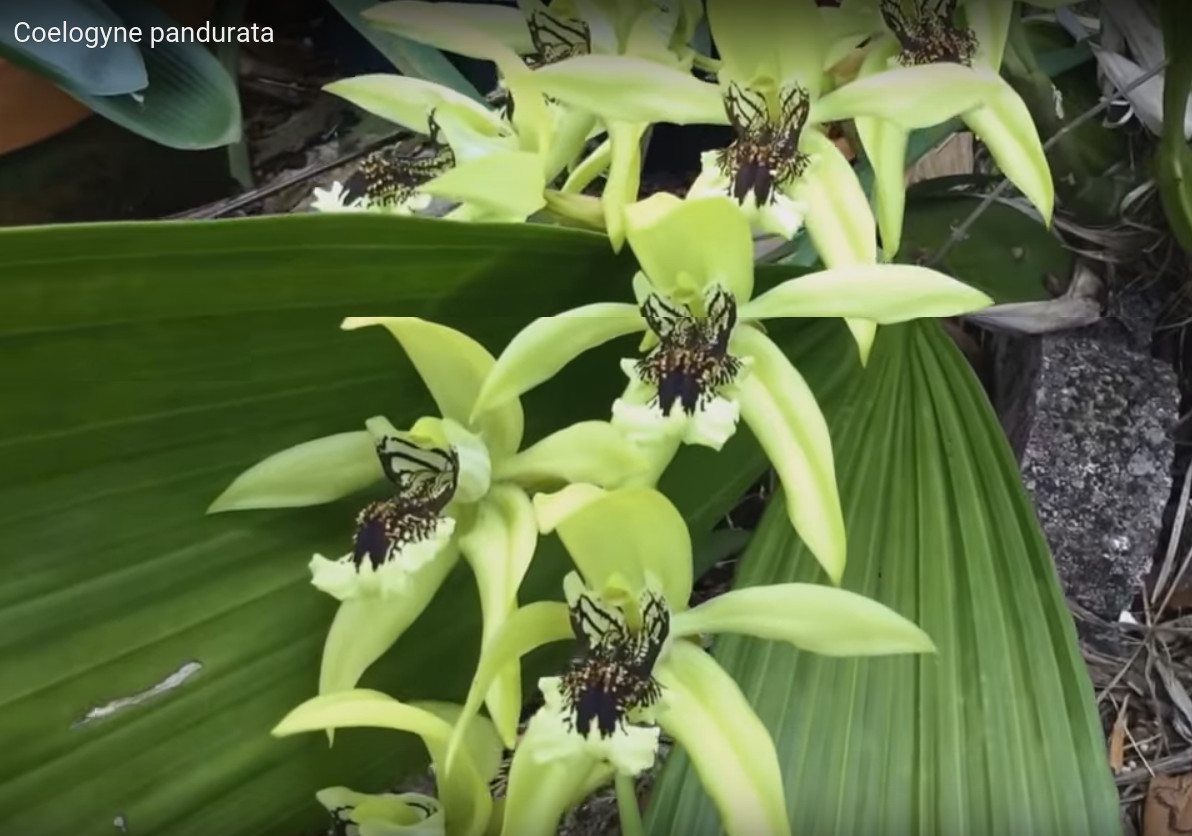
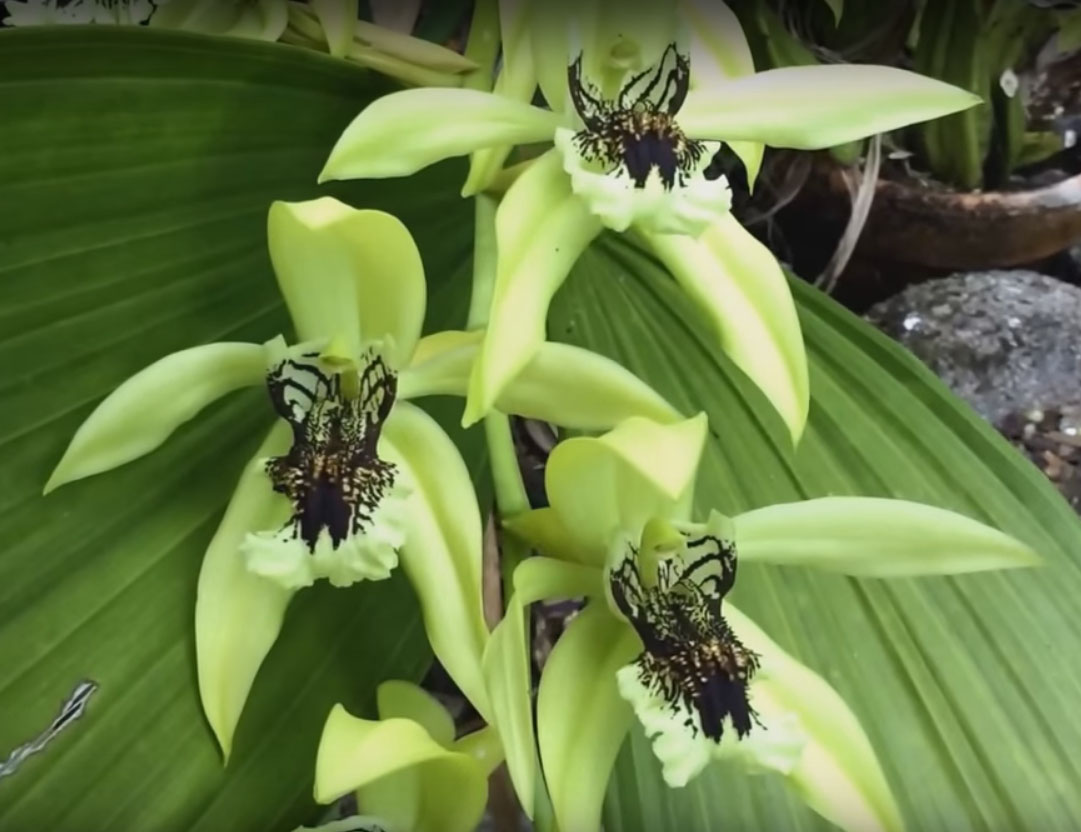
Coelogyne pandurata Coelogyne pandurata
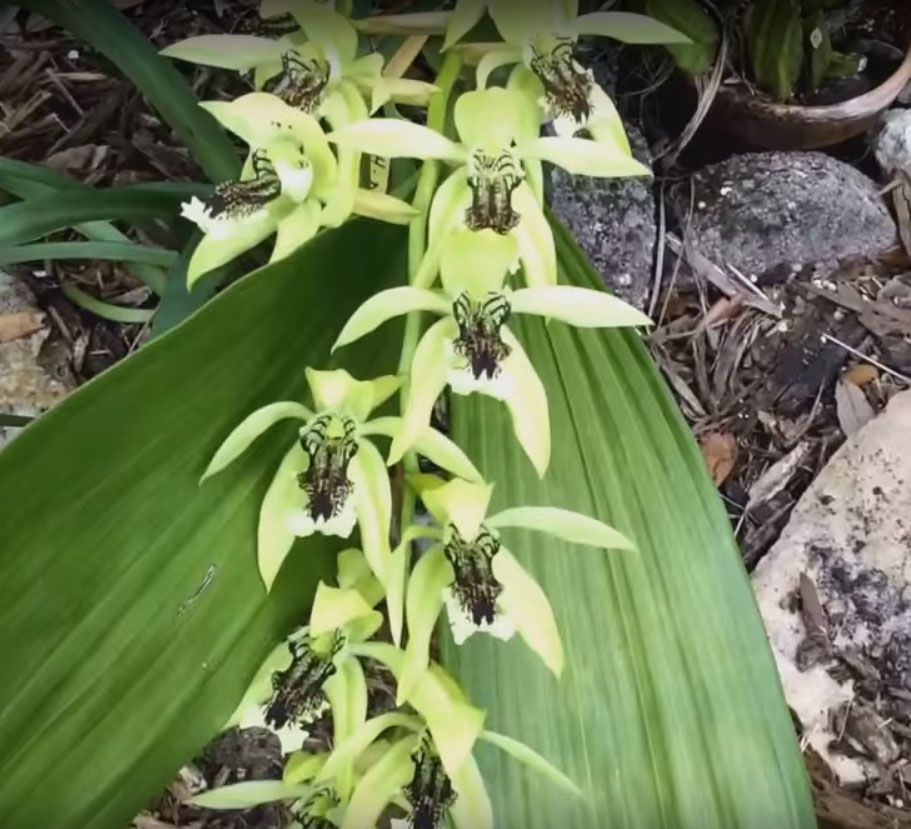

Coelogyne pandurata Coelogyne pandurata
Image source: www.youtube.com Coelogyne pandurata
Black Dracula Orchids



Left: Dracula Raven unofficially named hybrid from the crossing of 'Dracula vampire' and `Dracula roezlii'.
Middle: Dracula Raven
Right: Dracula vampira 'negra'
Encyclia Cochleata (Prosthechea cochleata)
Prosthechea cochleata, formerly known as Encyclia cochleata, Anacheilium cochleatum, and Epidendrum cochleatum and commonly referred to as the clamshell orchid or cockleshell orchid, is an epiphytic, sympodial New World orchid native to Central America, the West Indies, Colombia, Venezuela, and southern Florida.
Prosthechea cochleata is the national flower of Belize, where it is known as the black orchid.

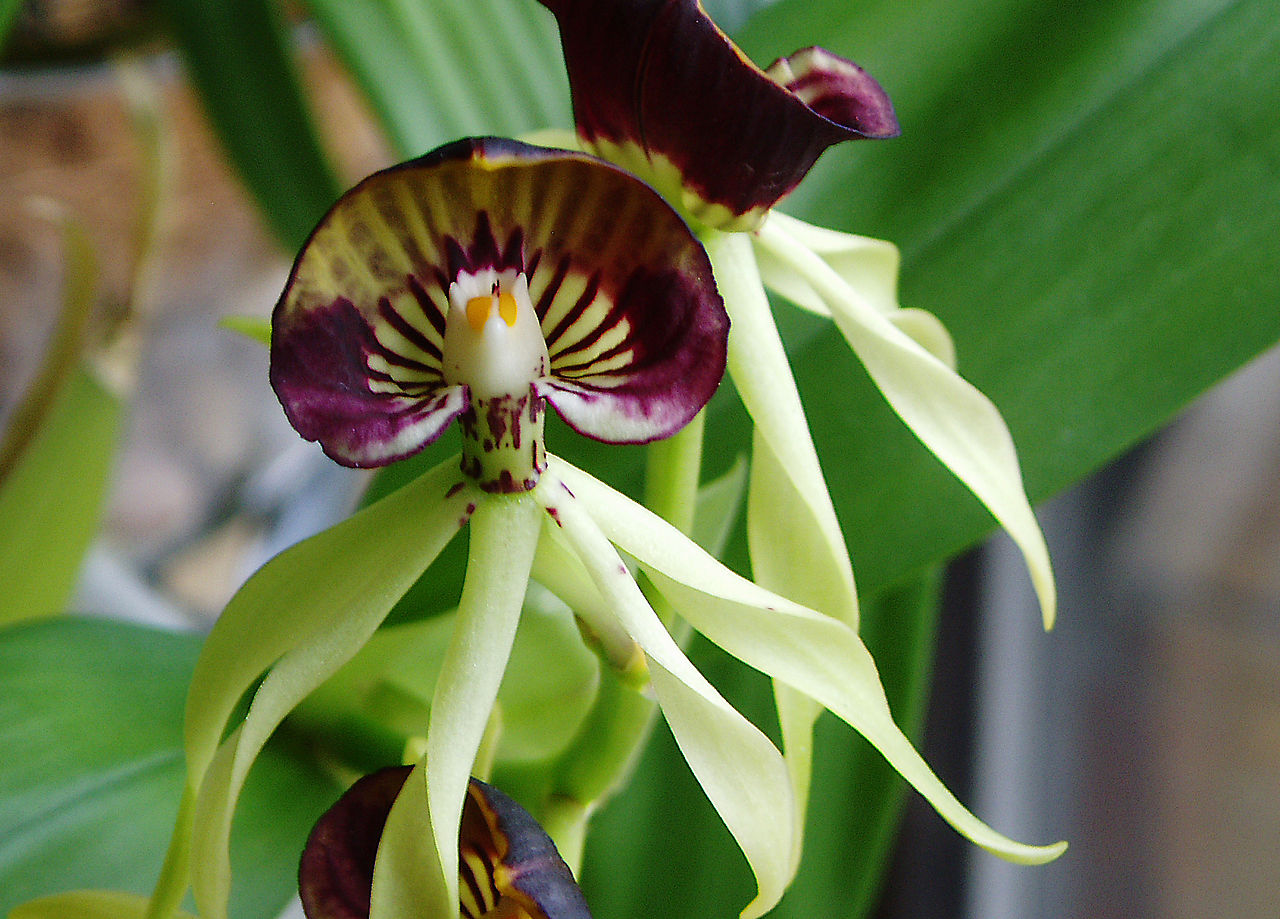
Encyclia Cochleata
Encyclia Cochleata

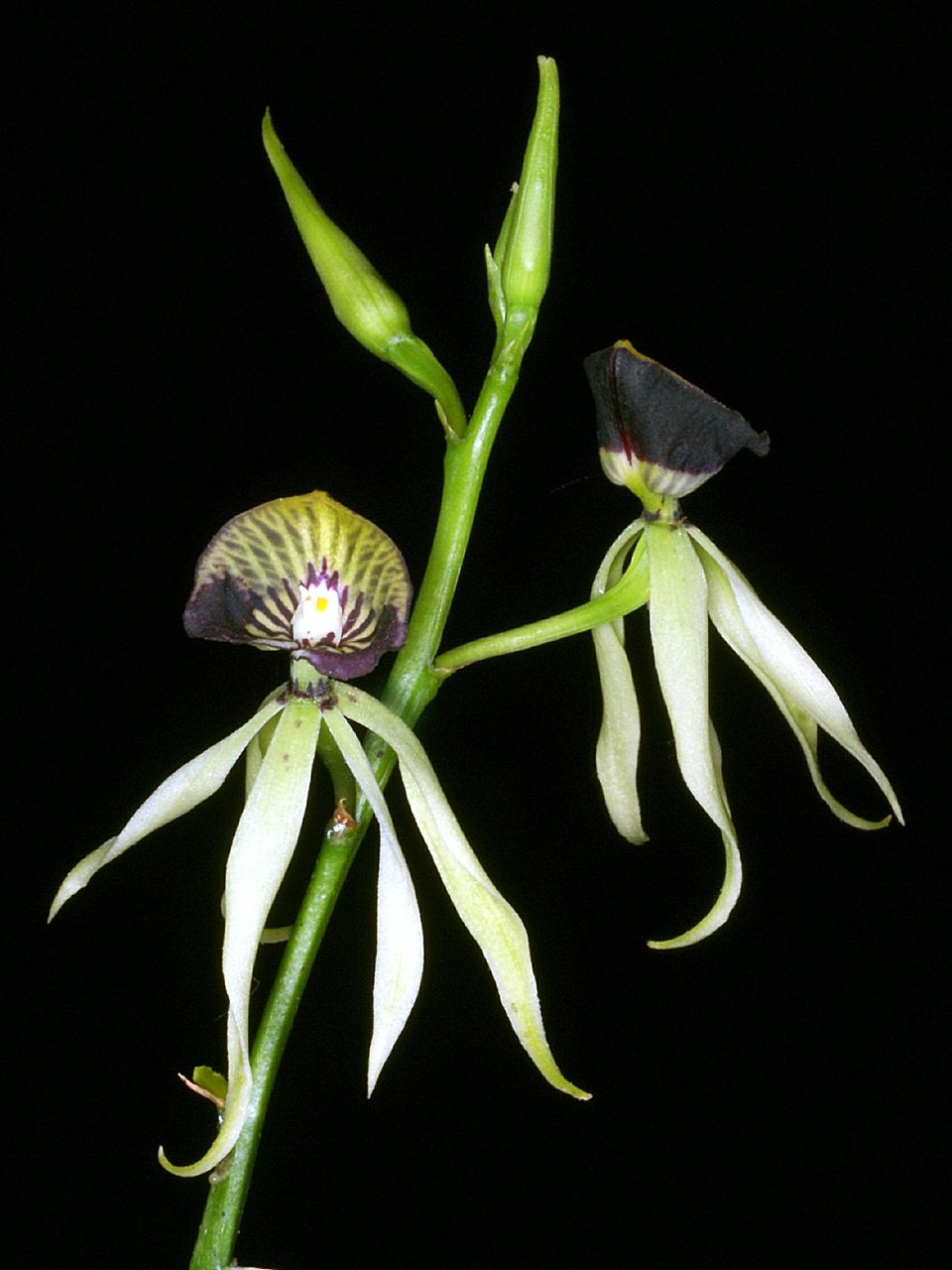
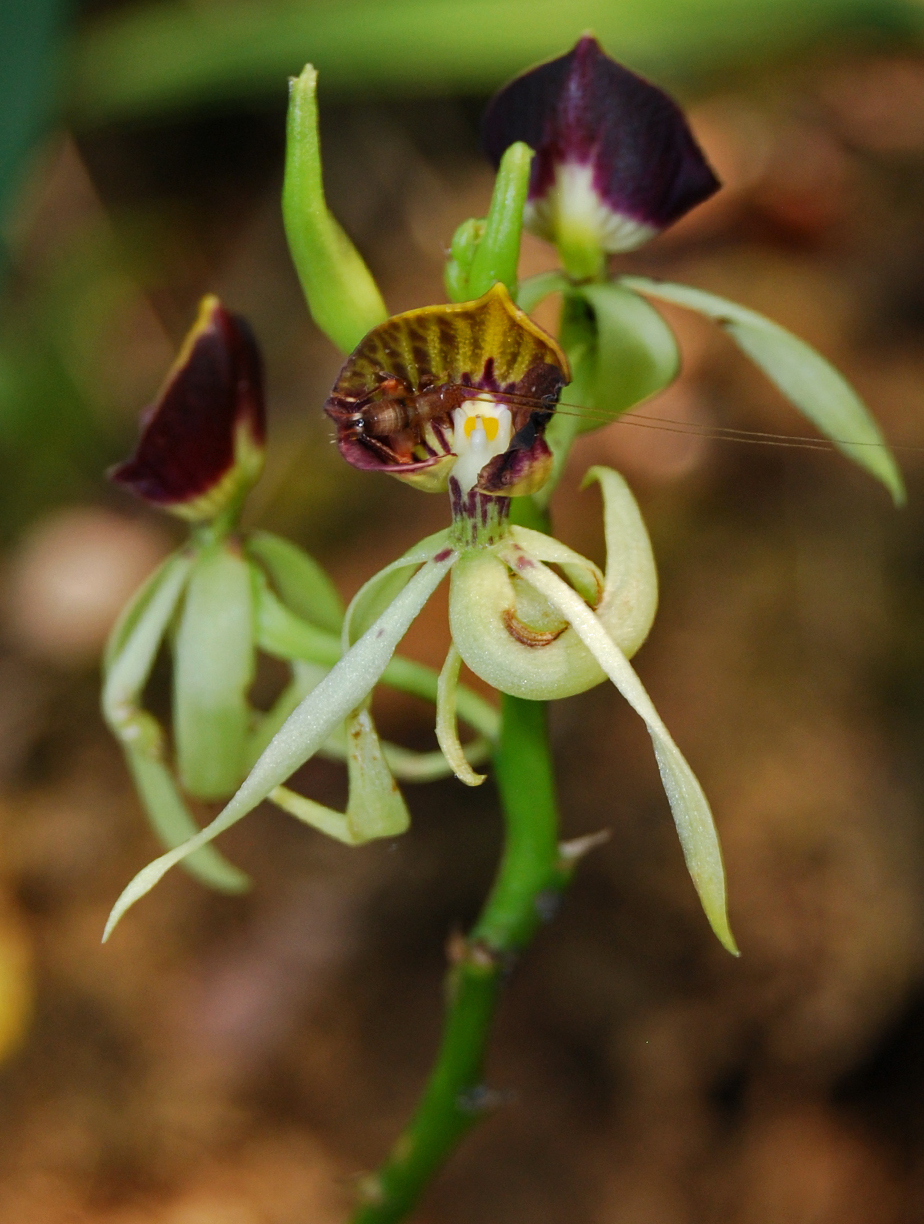
Prosthechea cochleata
Prosthechea cochleata
Prosthechea cochleata
